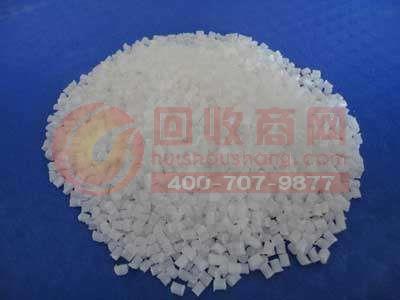Despite the stickiness of natural rubber, the adhesive strength of rubber produced by rubber alone is still insufficient for many applications. Most commercial synthetic elastomers lack tackiness, either on their own or on other surfaces. Therefore, in order to increase their viscosity, a resin tackifier is added. A large number of latex and solvent systems, especially when used as contact adhesives, use a specific type of tackifying resin. Common tackifiers have a relative molecular mass of 200 to 1500 and generally have a large and rigid structure. They are thermoplastic and are typically amorphous glass bodies at room temperature. They have a broad softening point, from room temperature to liquid to a brittle hard solid with a melting point of up to 90 °C. They are generally quite soluble in aliphatic hydrocarbons, aromatic hydrocarbons and many typical organic solvents. The earlier tackifying resins used in the adhesive industry can be found in the "Resins for Rubber-Based adhesives" chapter of Irving Skiest's "Handbook of ad-hesives"; the relevant research in the 1976-2001 related US patent literature. table. From the standpoint of tackiness, tensile strength, color retention, and resistance to oxidative and brittleness, the selected tackifying resin affects the quality of the adhesive. The unmodified gum and the wood rosin can be converted into esters, which initially have a certain viscosity, but after the completion of the coating, the aging resistance is poor. It is resistant to oxygen attack by hydrogenation or polymerization-stabilized rosin esters and has the best overall performance when used in adhesives. Examples are Staybe1ite Ester l0 or Fora185 (hydrogenated rosin glyceride), Penta1yn H or Fora1 ​​l05 (pentaerythritol ester of hydrogenated rosin). The viscosity-increasing limit of the lower softening point resin is greater, but this effect can only be obtained at high concentrations. The tensile strength decreases as the concentration of the tackifier increases, and the rate of decrease of the different tackifiers also varies. The styrene-butadiene rubber system itself is poorly viscous, and tackiness is produced when a sufficient amount of Penta1yn H tackifier is added, and in the film, a second phase appears. When the concentration of the tackifier is 60% to 65%, the viscosity is maximized. However, for several different crystal-resistant soft neoprene, the relationship between the softening point and the viscosity of the above-mentioned tackifier is not necessarily true. Like natural rubber, high-viscosity synthetic rubber films lose their viscosity and two-phase characteristics when heated continuously at 93 °C. Transparent Roller Shutter Door
Material: polycarbonate (PC bulletproof plastic)
Using aluminum profiles for door connection piece, two-layer structure , special design ,embedded into the door sheet. Simple and elegant, strong resistance to stress.
The base is made of aluminum alloy, special design, corrosion-resistant simple and aesthetic.
Mute track is made of aluminum alloy, dual-slot design, the mute material can be embedded into the slot, and creating a quiet environment.
Control system : 24V DC , mute operation, safe and reliable , durable and long life . In the case of obstacles ,doors rebound or stop automatically stop during opening and closing process.
Door opening and closing process, lighting and delaying three minutes automatically ; users can switch to manual option when power failure, uninterruptible power supply . Please contact with our technical department for particular requirements.
Transparent Roller Shutter Door,Transparent Curtain Roller Shutter Door,Commercial Transparent Roller Shutter Door,Polycarbonate Transparent Roller Shutter Door Shenzhen Hongfa Automatic Door Co., Ltd. , https://www.hffreezerdoor.com